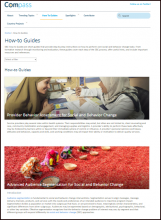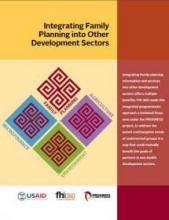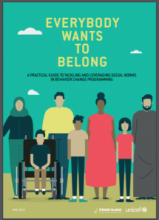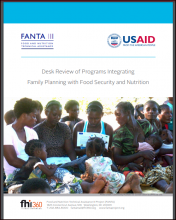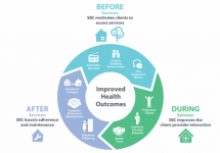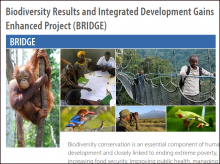Improving Development Outcomes Through Social and Behavior Change Communication Applying a Government Lens
This analytical study SBCC identifies and examines best practices in SBCC efforts by African governments. The study seeks to contribute to USAID Africa Bureau objectives to expand its analytic capacity, incorporate these principles into activity design and ultimate impact, and enhance its ability to better understand how African governments are using SBCC campaigns to improve the well-being of African citizens. Understanding SBCC best practices and their potential for improving state-society relations contributes to establishing a framework for future USAID Africa project design, which can further contribute to the development of compelling theories of change.
Sectors
Democracy, Rights & Governance
Project Stages
Project Design
Classifications
Frameworks & Models, SBC Tools & Resources
Links

